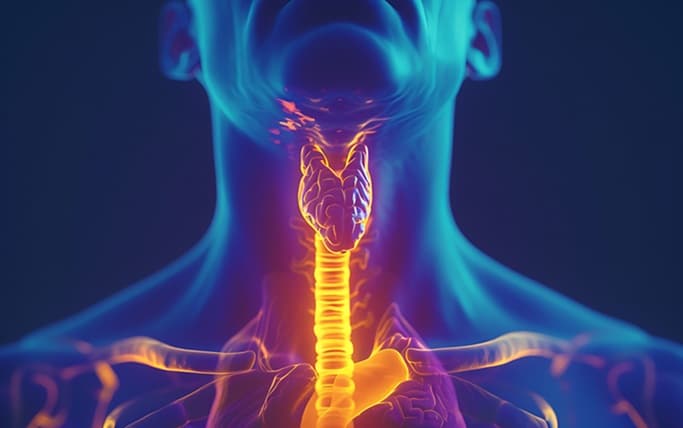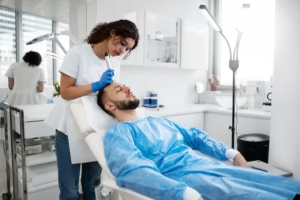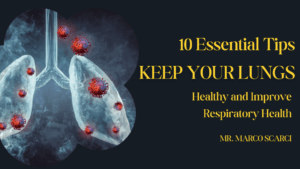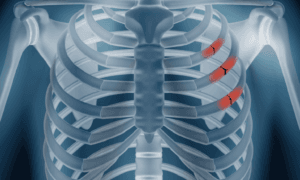What is Thoracic Outlet Syndrome? How to diagnose it and how to treat it?
Thoracic Outlet Syndrome (TOS) is a condition caused by compression of nerves, arteries, or veins in the thoracic outlet, the space between the collarbone and the first rib. It can lead to pain, numbness, and weakness in the arms and shoulders. TOS is classified into three main types:
Arterial TOS (aTOS): The rarest type, affecting the subclavian artery.
Neurogenic TOS (nTOS): The most common form, affecting the brachial plexus nerves.
Venous TOS (vTOS): Caused by compression of the subclavian vein.
Diagnosing Thoracic Outlet Syndrome
Accurate diagnosis of TOS can be challenging due to overlapping symptoms with other conditions. A thorough patient history and physical examination are critical.
The diagnostic process includes:
Performed when vascular TOS is suspected to assess blood flow obstruction.
- Clinical Examination:
- Observation of posture and muscle atrophy
- Palpation of the supraclavicular region
- Provocative tests such as:
- Adson’s test: Checks for changes in the radial pulse with head rotation.
- Roos test: Assesses for arm fatigue and numbness.
- Wright’s test: Evaluates symptoms with arm elevation.
- Imaging and Diagnostic Tests:
- X-rays: To detect cervical ribs or bony abnormalities.
- Ultrasound: Useful for detecting vascular TOS.
- CT or MRI scans: Helps visualize anatomical structures and compression sites.
- Electromyography (EMG) and Nerve Conduction Studies (NCS): Useful for confirming neurogenic TOS.
- Venography or Arteriography:
- Performed when vascular TOS is suspected to assess blood flow obstruction.
Treatment Options for Thoracic Outlet Syndrome:
Treatment depends on the severity and type of Thoracic outlet syndrome, ranging from conservative management to surgical intervention.
- Conservative (Non-Surgical) Treatment:
- Physical Therapy: Strengthening and stretching exercises to improve posture and relieve compression.
- Pain Management: Use of NSAIDs, muscle relaxants, and nerve pain medications.
- Lifestyle Modifications: Adjusting work ergonomics, avoiding repetitive overhead activities, and improving posture.
- Compression Garments: May be recommended for venous TOS to reduce swelling.
- Minimally Invasive Interventions:
- Botox Injections: Used in selected cases of neurogenic TOS to relax muscle tightness.
- Thrombolysis or Anticoagulation: For acute cases of venous TOS to dissolve clots before considering surgery.
- Surgical Treatment:
- Surgery is considered for severe or refractory cases.
- First Rib Resection and Scalenectomy: The most common procedure, removing the first rib or scalene muscles to relieve compression.
- Clavicle Resection: In rare cases where the clavicle is contributing to compression.
- Vascular Reconstruction: For patients with arterial or venous involvement requiring repair or bypass of damaged vessels.
Prognosis and Recovery:
Most patients with neurogenic TOS respond well to conservative treatment. For those undergoing surgery, recovery varies but typically involves physical therapy to restore strength and function. Early diagnosis and intervention lead to better outcomes and symptom relief.
If you experience persistent symptoms of TOS, seeking evaluation by a specialist is crucial for proper diagnosis and treatment planning.









